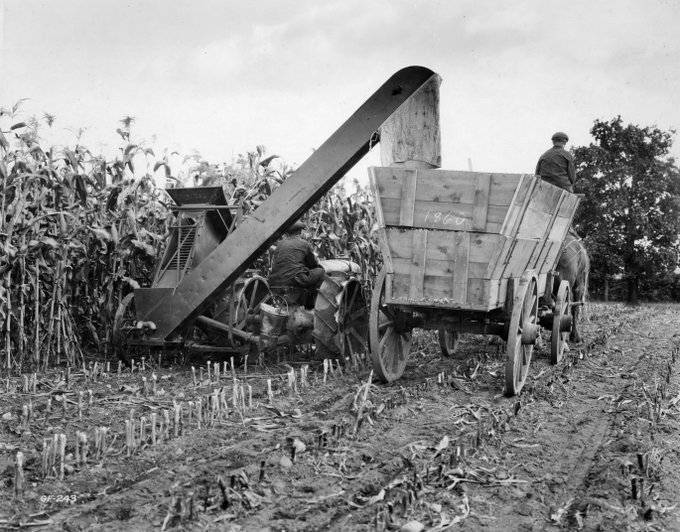Urban farmland affects air quality, temperature, Carleton researchers find
CBC News · Posted: Sep 29, 2019 4:00 AM ET

Living near Ottawa’s sprawling Central Experimental Farm comes with health benefits, according to a new study.
A team from Carleton University has found that in addition to improving air quality, the 427-hectare urban green space helps to moderate air temperature and can have other positive effects on residents’ health.
Paul Villeneuve, a professor of health sciences at Carleton, led the study that was recently published in the journal Atmospheric Environment.
“The Experimental Farm is somewhat unique,” Villeneuve told Ottawa Morning’s Robyn Bresnahan. “Most cities don’t have such a large downtown green space area. So we felt it was important to do those measurements and those assessments.”
Cleaner, cooler air
The closer to the experimental farm, the less fine particulate matter and black carbon in the air, according to the study. Black carbon is a measure of diesel exhaust.
In the summer months, the large absence of pavement at the farm also helps reduce air temperature.
It has a lot of health benefits, as well as the environmental benefits. - Paul Villeneuve, Carleton University
“The green space and vegetation plays an important role in mitigating these other environmental exposures,” Villeneuve said.
Students who conducted the research took air samples from the vicinity of the farm, and also had about 40 fixed stations where they set up their equipment.
One of their cannisters caused quite a stir. A suspicious resident who spotted it secured to a telephone pole contacted police, who confiscated the device. The researchers eventually got their cannister back, Villeneuve said.
‘An important role’
Established in 1886, the Central Experimental Farm’s fields and gardens now stretch over four square kilometres as the city has grown around it.
Over the years it’s housed research programs on everything from ornamental plant breeding to bees to agriculture engineering.
Today it’s also home to the Canadian Agriculture and Food Museum and is a National Historic Site.
A tractor-drawn combined harvester and silage cutter deposits corn into a horse-drawn wagon, 1925, on the Central Experimental Farm in Ottawa #MyOttawa

“It plays important roles in terms of increasing physical activity, it’s been shown to reduce mortality rates, it’s been shown to be associated with lower rates of diabetes,” Villeneuve said. “It has a lot of health benefits, as well as the environmental benefits.”
The researchers now plan to look at which types of trees and vegetation work best to reduce air pollution.











